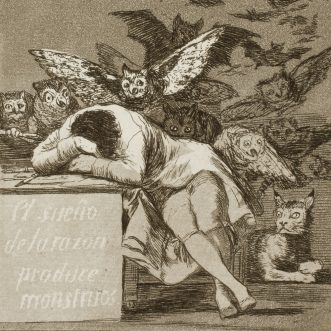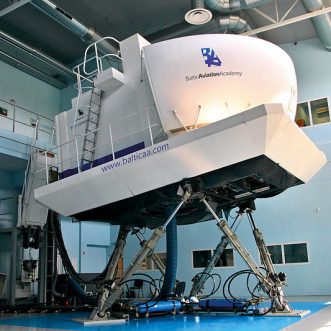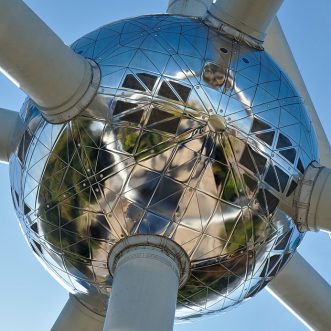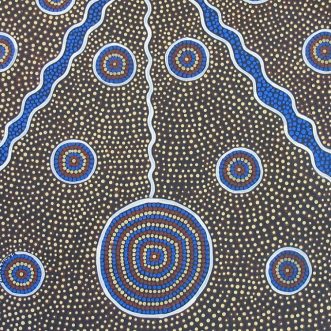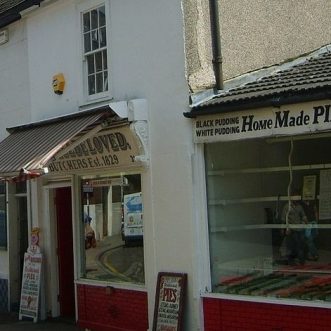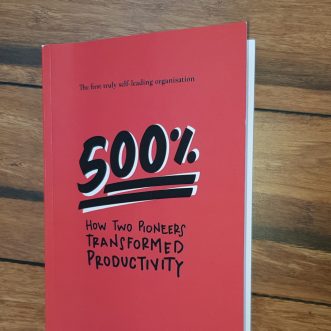
The devil is in the detail
Except when it isn’t.
Often, the devil is in the big picture. The model you’re working to. Unquestioningly, perhaps even unconsciously.
That’s what Julian and Andrew realised at Matt Black Systems. After a decade of attempts to turn around their business, with LEAN consultants, re-organisations, and efficiency drives, none of which worked, the devil wasn’t in the fine detail of processes, nor was it in the employees. It was in the model the business was built on – top-down, hierarchical, siloed into specialisms, command and control.
Alternative models aren’t necessarily easy, but they give you the opportunity to choose your problems:
“The organisational design you adopt will determine the set of problems you have to live with. Often the design is considered a ‘given’ its problems unavoidable. We chose to change our model because the problems we had were threatening our business. We wanted a better set of problems.”
Once Andrew and Julian had realised this, it took just 18 months to transform their business to the point where productivity had increased by 500%; customers were delighted, and staff found their work rewarding personally and financially, without killing themselves in the process.
Julian and Andrew could leave the building, never to return.
Of course, business-threatening problems are a great spur to radical change. But you don’t have to wait till then.
You could pick your problems early, and walk out of your business when you choose.



